
Photography: Øystein Aspelund
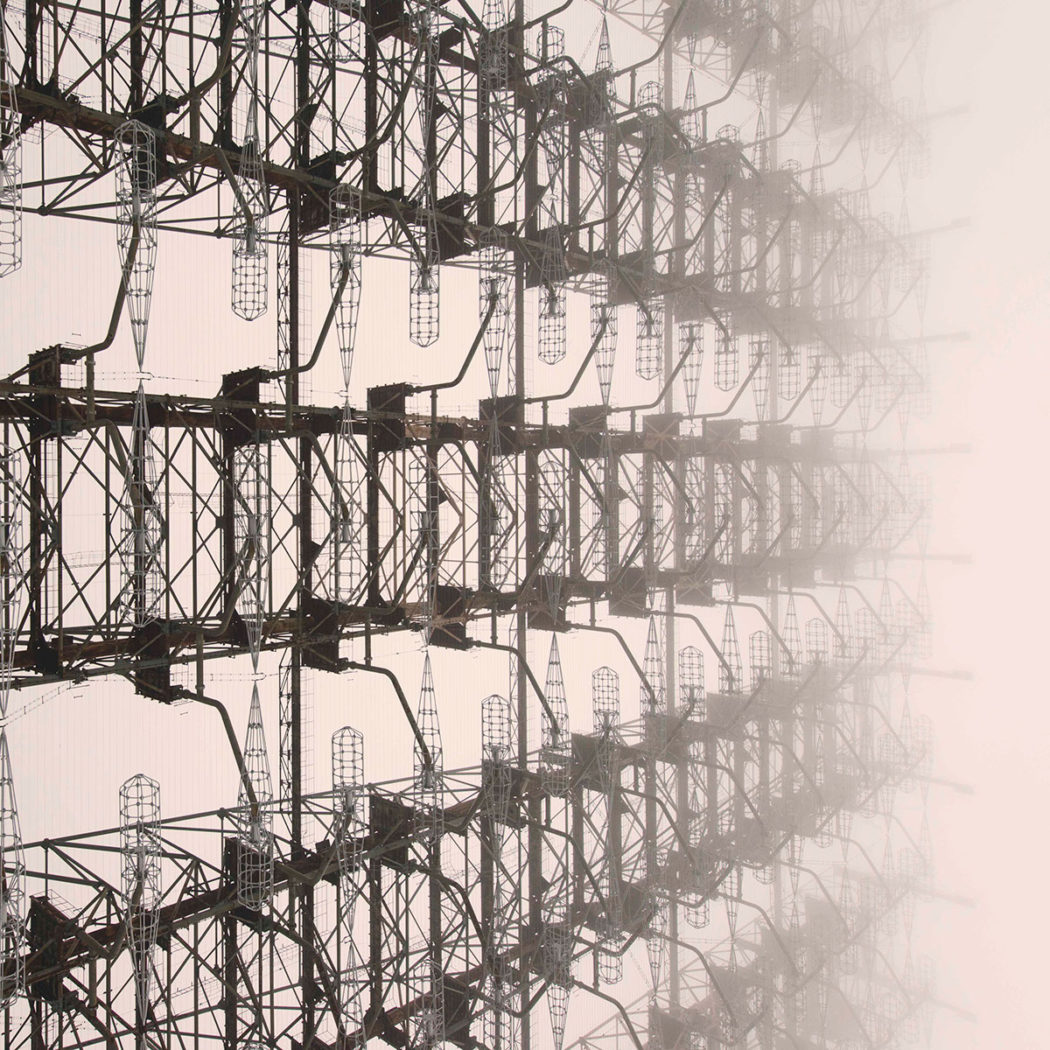
Photography: Øystein Aspelund
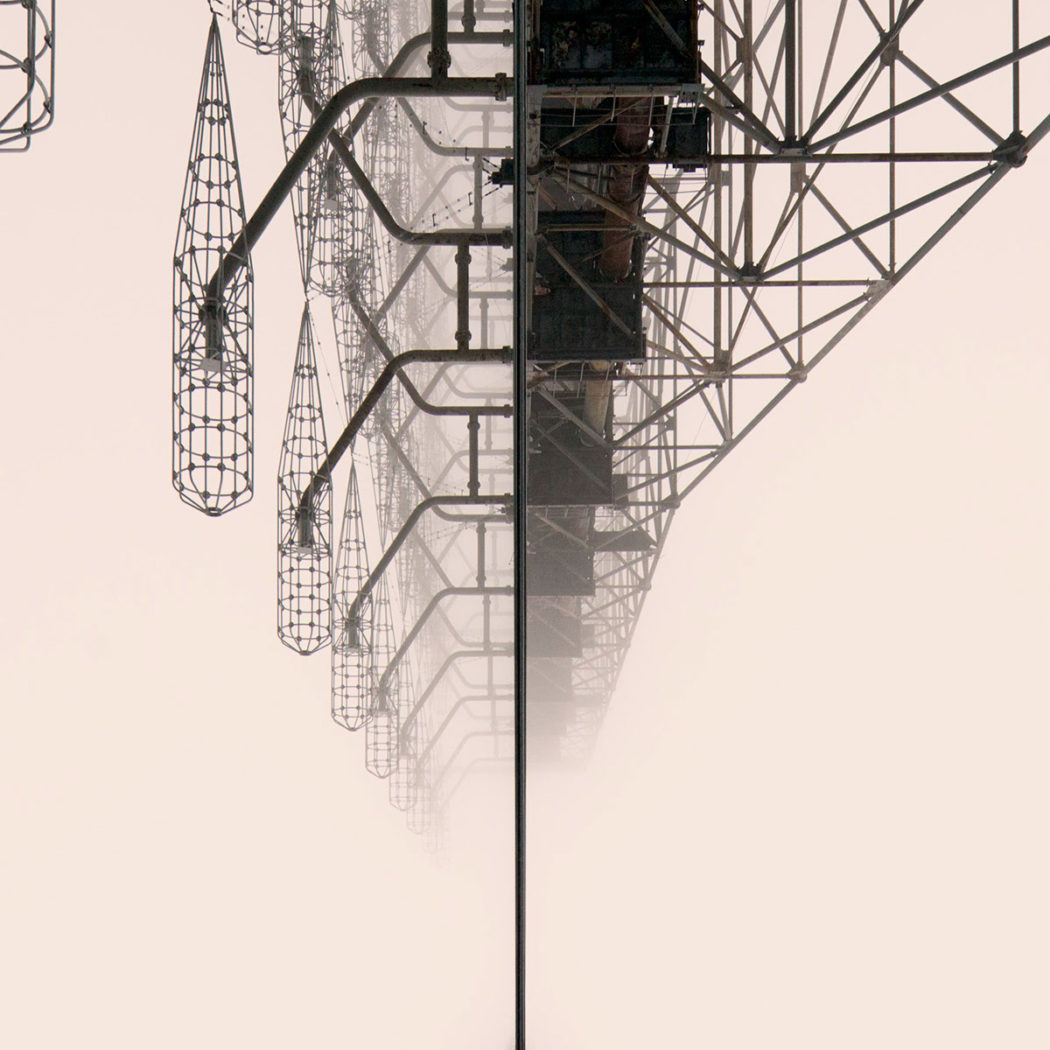
Photography: Øystein Aspelund

Photography: Øystein Aspelund
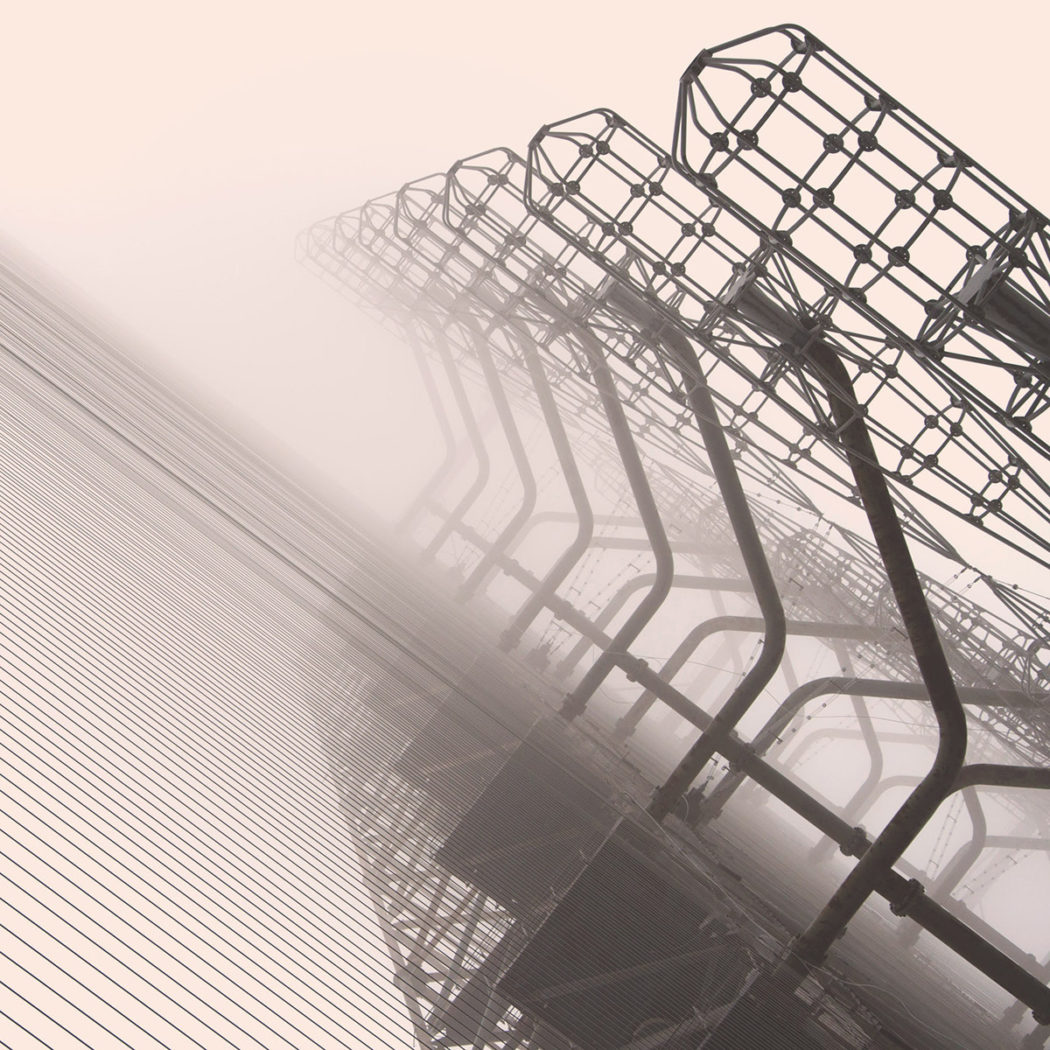
Photography: Øystein Aspelund
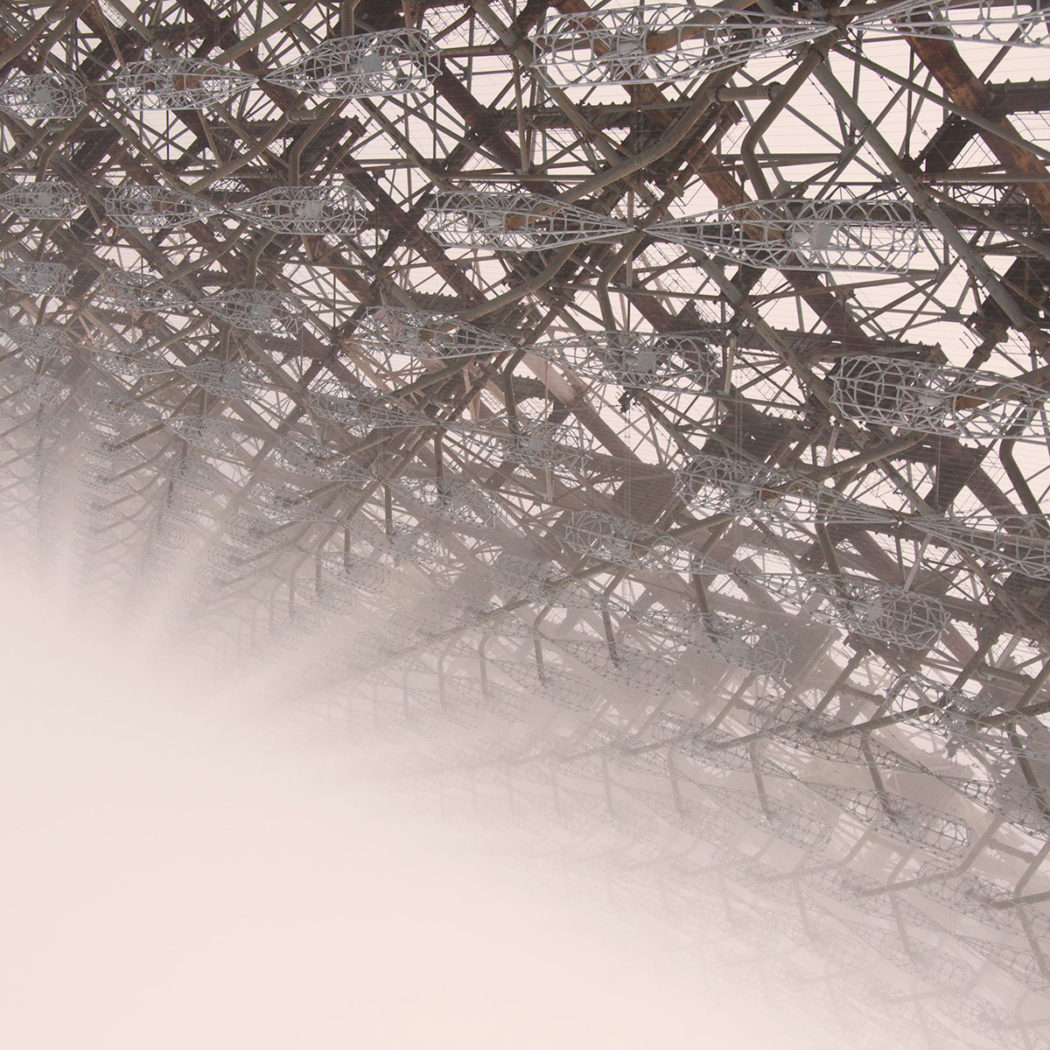
Photography: Øystein Aspelund
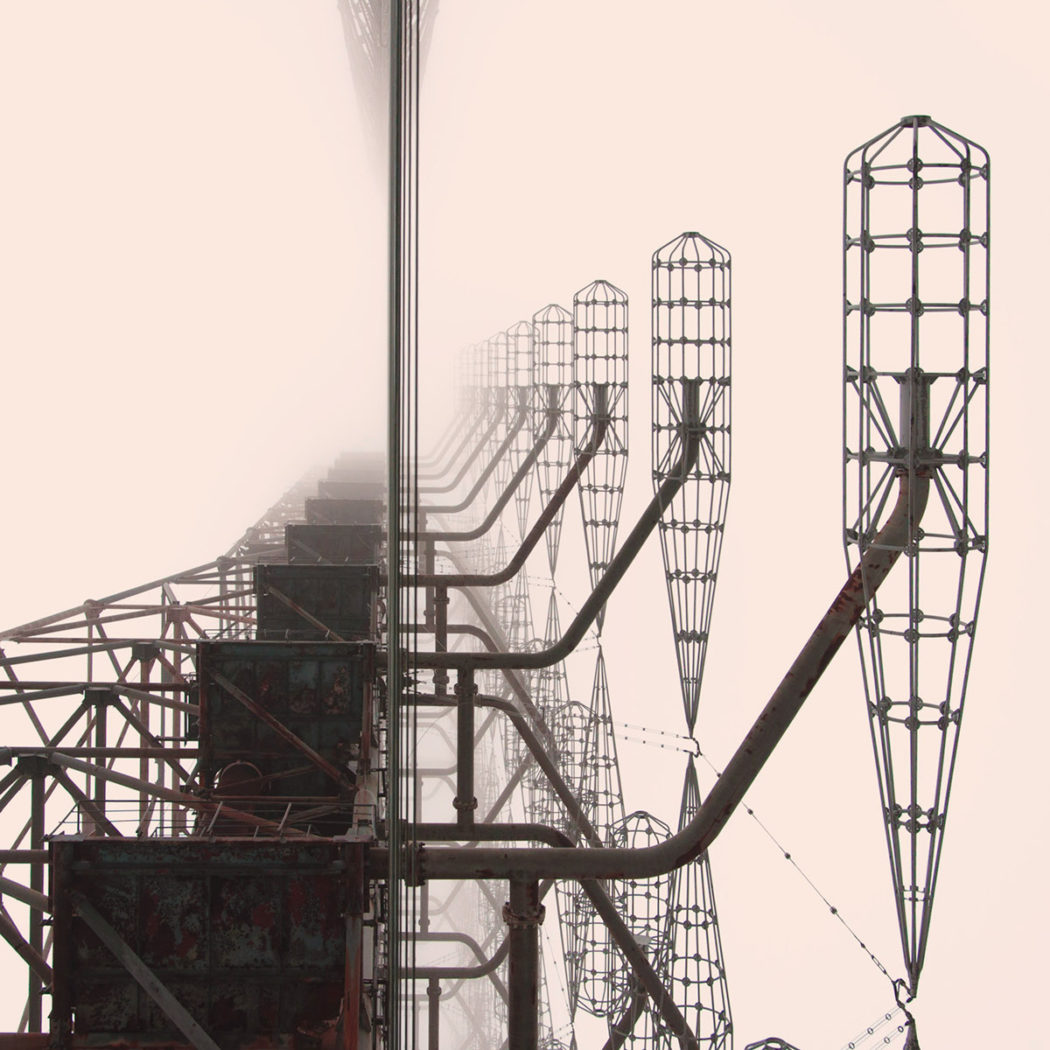
Photography: Øystein Aspelund
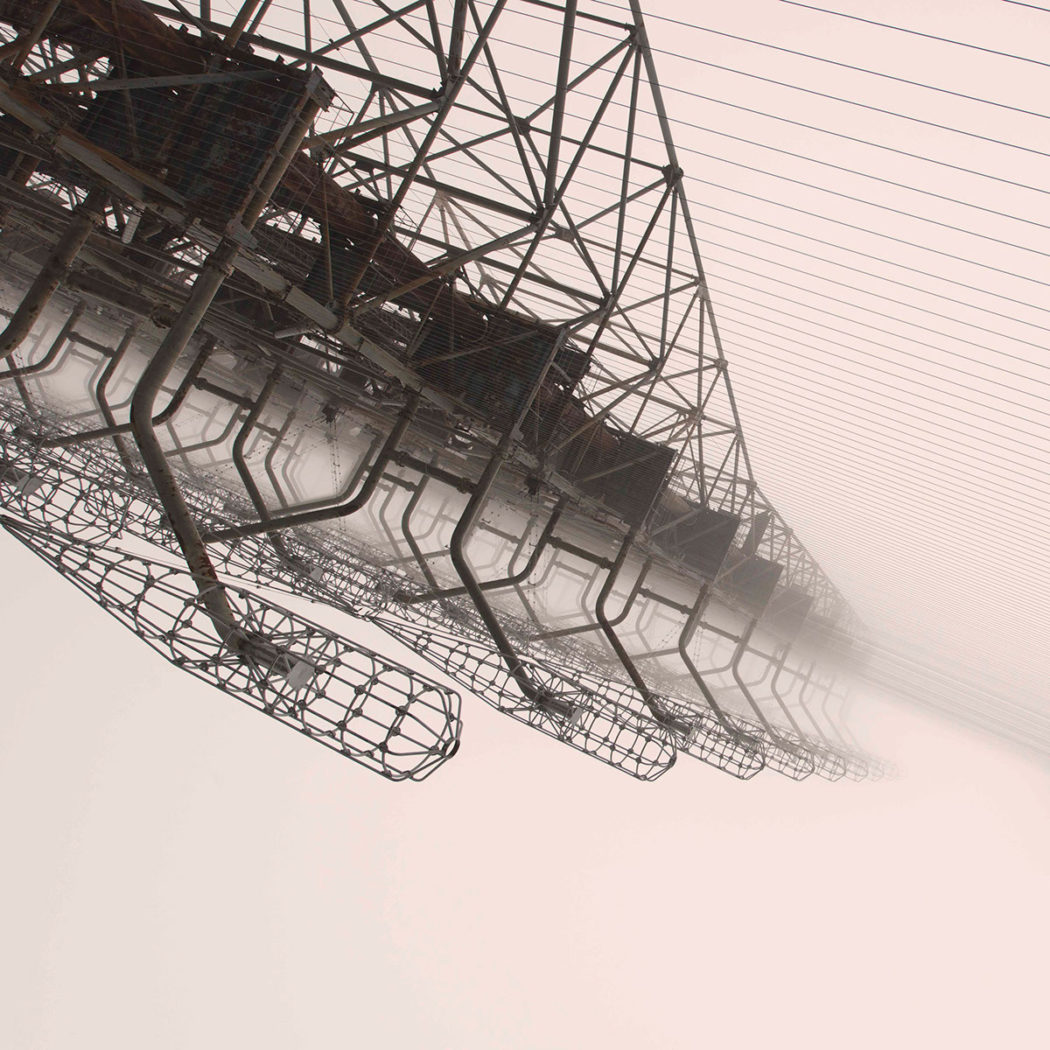
Photography: Øystein Aspelund
Norwegian photographer Øystein Aspelund ventured into the Chernobyl exclusion zone to shoot a formerly top secret military antenna.
Aspelund’s series captures the repetitive geometric patterns created by the array’s enormous steel mesh, which stretches 150 metres up and weighs 14,000 tonnes.
‘Being there and seeing the structure fills you with lots of mystery and wonder,’ says the photographer, who spent 48 hours inside the exclusion zone shooting the listening device, surrounded by the ticking of radiation measuring devices. Spurred on by a fascination with unusual constructions and abandoned places, Aspelund discovered the radar after reading through blogs and forums about the region.
‘It is hard to relate to in terms of scale and function,’ he adds. ‘When the wind blows through all the wires and metal, it makes this whistling sound, almost like the propeller of an airplane.’
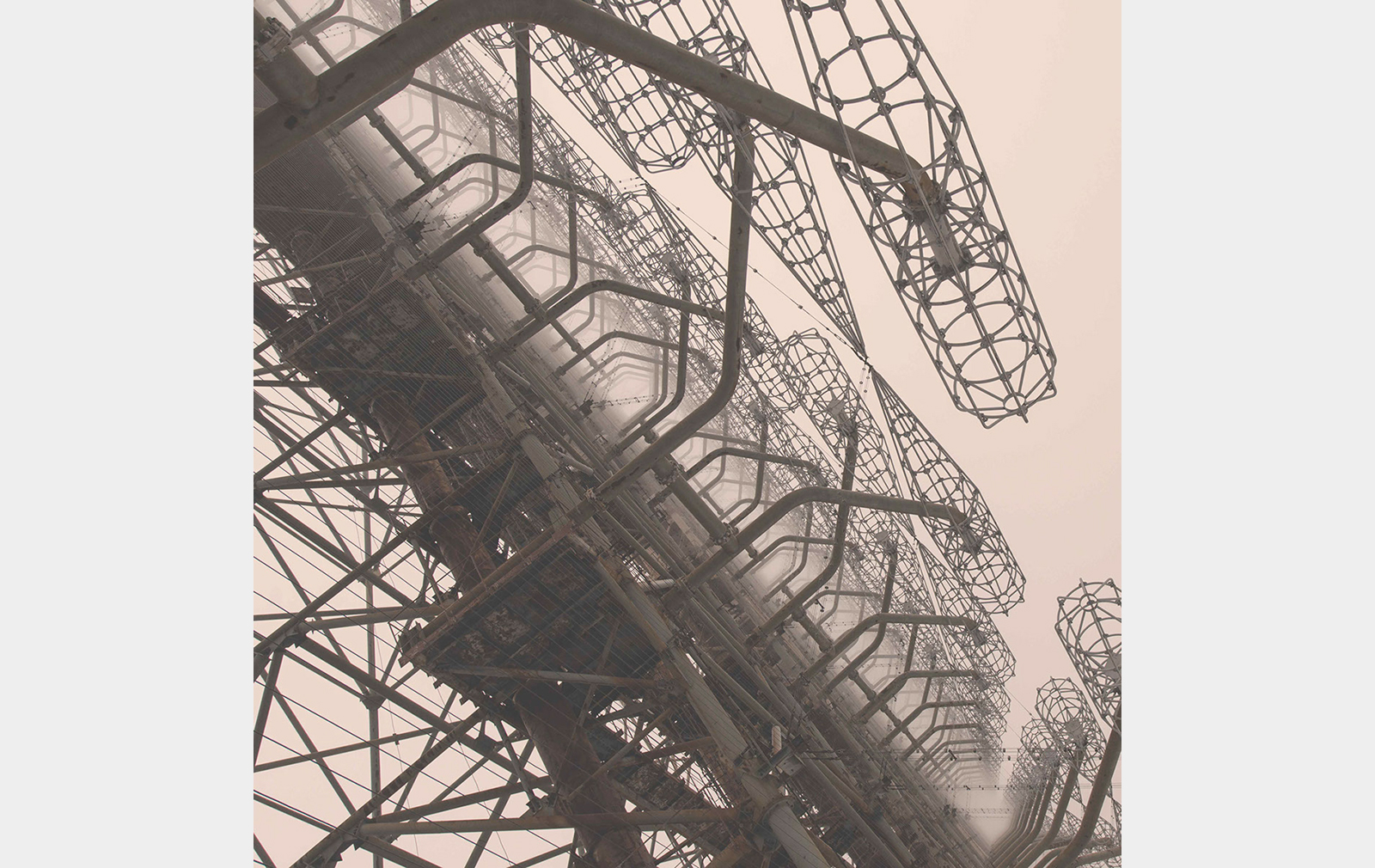
The structure – officially known as the Duga-3 and informally as the Russian Woodpecker, for the regular tapping sounds it made – was first built in 1976 to gather military intelligence, but has been silent since 1989.
Three years earlier in 1986, Chernobyl was the site of Europe’s worst nuclear accident when its nuclear power plant exploded, killing 31 people and releasing vast quantities of radioactive particles into the air. Despite being located within the 30 km ‘alienation’ zone, the Duga radar system continued operating until the end of the Cold War.
‘By only showing parts and details of it, with no ground or horizon, I wanted to focus on its more graphic qualities, and structural beauty,’ adds the photographer. ‘I think this approach gave the shots a “weightless” feeling, that resembles how it is being there and watching it.’
Read next: Christopher Herwig photographs the Soviet Union’s space-age bus stops























